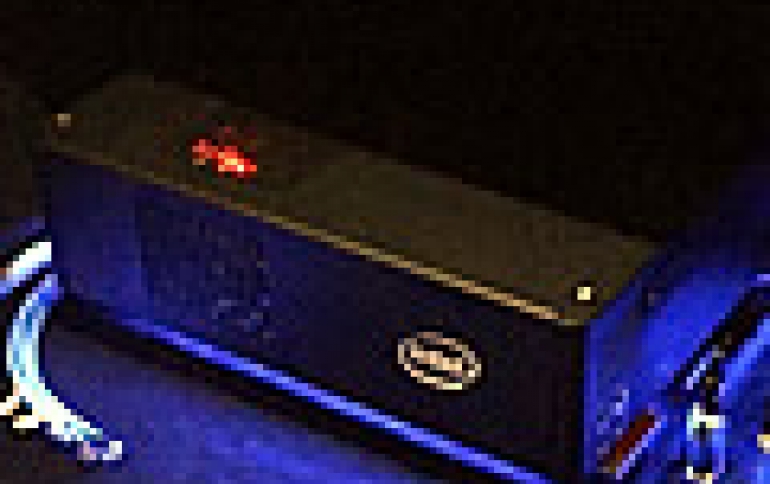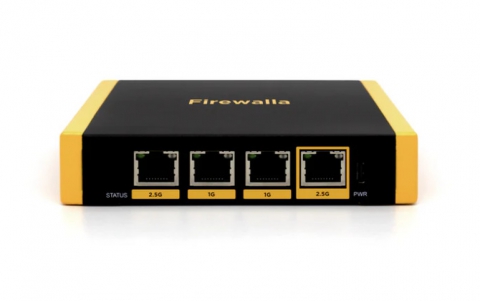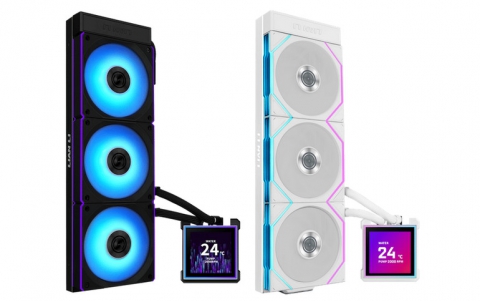
Intel Announces 5G Mobile Trial Platform, New Atom And Xeon Processors
Heading into MWC '17 next week, Intel will showcase new "pieces" of the 5G puzzle, including the 3rd Generation Intel Mobile Trial Platform, the Intel XMM 7560 Modem, as the company continues to seek out partners across the industry to prototype and deliver 5G products.
As mobility evolves beyond the smartphone, 5G is becoming one of the most impactful technology transformations we are likely to see in our lifetimes. It will deliver next-generation experiences including autonomous driving, smart cities, the Internet of Things and, of course, the era of machines.
At last year's Mobile World Congress (MWC), Intel revealed plans for 5G products and trial acceleration, rolling out our first-generation mobile trial platform. Throughout 2016, Intel entered into several 5G trials around the globe with tier-one service providers. At the start of this year at the Consumer Electronics Show (CES), the company introduced the Intel 5G Modem, the first global 5G modem that supports both sub-6GHz and mmWave bands.
Today Intel announced the following:
- 3rd Generation Intel Mobile Trial Platform offers a high-performance development platform for faster integration and testing of 5G devices and wireless access points. Intel is currently working with global operators on 5G development, prototyping and testing with this new trial platform.
- Intel XMM 7560 Modem for next generation of LTE Advanced Devices. This new modem will deliver Gigabit LTE speeds in a single SKU with global coverage. The modem will also be manufactured on Intel's 14nm process and will support CDMA.
- The modem supports LTE Advanced Pro for downlink up to Category 16 with speeds exceeding 1 Gbps, and Category 13 for uplink with speeds of up to 225 Mbps. The modem's architecture has been optimized to enable link level integration of LTE and Wi-Fi with enhanced power improvements and in-device coexistence capabilities. The modem also supports 5x carrier aggregation for downlink up to 100 MHz combined bandwidth, and 3x for uplink up to 60 MHz for high-speed data services. With the additional support of 4x4 MIMO and 256QAM, it's not just fast, it's agile -opening new opportunities to deliver gigabit data rates to customers, while simultaneously creating network efficiencies.
- Mobile Edge Computing Portfolio disclosing end-to-end technology offerings. This portfolio enables Communications Service Providers to transform their networks in preparation for 5G:
- Intel Atom processor C3000 product family, Intel Xeon processor D-1500 product family - network series, the 25 GbE Intel Ethernet Network Adapter XXV710 and a next-generation Intel QuickAssist technology adapter.
- The Atom C3000 chips have up to 16 cores and are more sophisticated than ever. The chips are made for storage arrays, networking equipment, and internet of things devices. An interesting feature in C3000 is RAS (reliability, availability, and serviceability) capabilities, which is mostly found on high-end Xeon chips. The feature corrects data errors on the fly and prevents networking and storage equipment from crashing.
- Intel is also providing development kits for writing storage and networking applications for the chips.
- The new chips are already shipping to testers and will become available in the second half of this year.
- Intel's new Xeon D-1500 chips for networking and storage gear that require quicker turnover of processed data. The chips integrate 10-gigabit ethernet controllers and have a technology called QuickAssist to drive throughput of compressed data up to 40Gbps.
No one company can move this technology forward alone. Intel will continue to seek out partners across the industry to define, prototype and deliver early 5G products and solutions:
- 5G Innovators Initiative 5GI2 - Ericsson and Intel are launching 5GI2, an open industry initiative designed to explore and test 5G network and distributed edge technologies. It will first focus on the Industrial Internet of Things (IIOT) and develop pilots for application of technologies that include augmented and virtual reality for first responder drone surveillance of hazardous environments and other uses. The 5GI2 will join major equipment manufacturers, technology companies and top universities to accelerate the adoption of 5G wireless and infrastructure innovation in the U.S. Honeywell, GE and the University of California Berkeley are the first participants to join the initiative.
- Nokia and Intel will work together to enable the development of 5G services by opening two 5G solutions labs to test and accelerate the commercial readiness of new wireless technology. The joint 5G acceleration labs will be located in Murray Hill, New Jersey, and Espoo, Finland.
- Intel and AT&T Collaborate on Connected Devices via Intel LIQD Program - Together, Intel and AT&T will help IoT devices rapidly go to market, become certified and connect online to meet the projected 50 billion devices that will be our world by 2020. The Intel LIQD program is designed to expand to accommodate the approaching era of 5G systems.
- Telefonica and 5TONIC Deliver and Install Intel's FlexRAN Platform - Telefonica and 5TONIC announced they are installing the Intel FlexRAN software reference platform in the 5TONIC open 5G lab. This will allow Telefonica to test and validate the functionality and performance of virtualized implementations of current and future radio access networks (RANs).
- A major milestone, the live over-the-air interoperability between the 5G Intel Mobile Trial Platform UE and the Ericsson 5G Radio Prototype system, has passed multiple milestones of interoperability in 2016, including different over-the-air capabilities such as advanced beam forming.





















